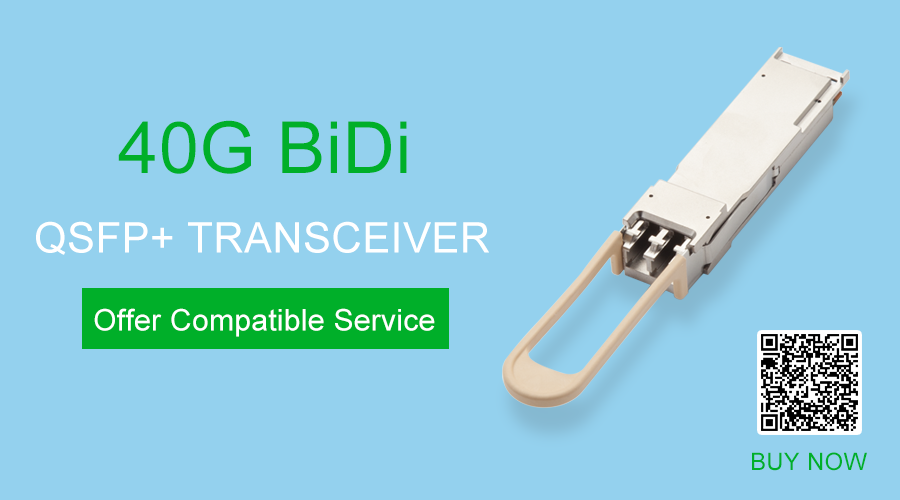BlueFox
New member
Sounds like you need to fix the power supply to handle a direct attached drive, which uses milliamps. 
Yeah, I got the cleancurve Single Mode Patch Cable from FOSCO. I think I found the perfect combo for my Clones Audio SG112-24 MOD with a pair of high quality transceivers. Still waiting for the Linear Solution LPSUs (even for the modem and NAS) to complete the picture. My comments to come.Previously Corning ClearCurve single mode fiber was mentioned.
I got this link from computeraudiophile:
https://www.ebay.com/itm/2m-LC-LC-Duplex-9-125um-Corning-ClearCurve-Single-Mode-Bend-Insensitive-Fiber/232757309843?hash=item36316ab193:g:9~QAAOSwzFVa7Oco
Note: This is LC-LC duplex i.e. for use with a pair of SFP modules with one in an Ethernet switch with SFP, and the other one in Lumin X1.



Yeah, I got the cleancurve Single Mode Patch Cable from FOSCO. I think I found the perfect combo for my Clones Audio SG112-24 MOD with a pair of high quality transceivers. Still waiting for the Linear Solution LPSUs (even for the modem and NAS) to complete the picture. My comments to come.


Envoyé de mon LG-H933 en utilisant Tapatalk

HDMI optical cables have been an effective alternative to HDMI copper cables for a few years. However, what exactly is the difference between them? One thing hard to ignore is the difference of material under the coating, in which there is fiber for HDMI optical cable and copper for HDMI copper cable. Taking reference from the DAC and AOC, there are facts such as the transmission of fiber is faster and the signals on fiber are more reliable.
The question is whether the Edge switch hardware will support a 100mb SFP transceiver and run at 100mb?
can i take this one: https://www.sfpcables.com/sfp-copper-transceiver-10gbase-t-cat-6a-7-20m
Many thanks, so what is fit it?SFP+ and 10GBASE are both NOT supported in Lumin X1, so the linked product will not work.
We only tested 1000BASE SFP.
We believe there is a chance 100BASE SFP may work, but we have not tested it and do not guarantee it.
second-hand 10Gb/s network adapter for Intel X520-DA2.




New SOTM switch. I'm very happy with my Clones Cisco SG-112/24 switch, but this switch is very interesting as well. https://www.sotm-audio.com/sotmwp/english/portfolio-item/snh-10g/This article introduces how the 10Gtek[emoji2400] 40Gbps QSFP+ BiDi transceiver reduces overall costs and installation time for customers when migrating data center aggregation links to 40Gbps connections.
In today's data center networks, most fiber cabling is built for 10Gbps connectivity. The problem we all face is how to migrate from 10Gbps to 40Gbps at low cost when the data center needs to upgrade. The 10Gbps cabling uses a two-core LC patch cord, while the 40Gbps cabling uses an 8-core MPO patch cord. So to support 40Gbps connectivity, data center architects are challenged by the need for a major upgrade of the cabling infrastructure, which can be too expensive or disruptive to allow data centers to quickly adopt and migrate to the 40Gbps technology.
10Gtek solves this problem with innovative 40Gbps Quad Small Form-Factor Pluggable (QSFP) bidirectional (BiDi) technology that allows reuse of existing 10-Gbps fiber infrastructure for 40Gbps connections. It greatly saves investment in fiber cabling and avoids waste of fiber resources.

[h=3]1. Troubles Confronting with Existing 40Gbps Transceivers[/h]Standard short reach (SR) 40Gbps transceiver is QSFP+ SR4. The SR4 transceiver is available in a QSFP form factor with separate transmitter and receiver. Each transceiver has four parallel fiber optic transmitters, plus four parallel fiber optic receivers, requiring eight fibers for signal transmission. The QSFP SR4 operates over an MPO 8-core fiber.
The figure below shows how the 40G QSFP+ transceiver works.
The connection between two 40G QSFP+ transceivers requires an MPO to MPO 8-core fiber patch cord. A problem arises when the data center network cabling is built for 10Gbps transmission. The 40G QSFP+ transceiver cannot directly use LC to LC fiber to transmit 40Gbps, and requires 8-core fiber patch cord, while the LC to LC patch cord is 2 cores. Due to this characteristics of the 40G QSFP+ transceiver, customers need to invest 4 times the cost of fiber to migrate their existing data center from 10Gbps to 40Gbps.

[h=3]2. 10Gtek 40G QSFP+ BiDi Transceiver Solution[/h]The 10Gtek QSFP+ Bidi transceiver can speed up the transmission rate from 10Gbps to 40Gbps through the dual-core multimode fiber connected to the LC interface. 10Gtek BiDi transceiver can achieve a transmission rate from 10Gbps to 40Gbps through a dual-core multimode fiber connected to the LC interface. In other words, the QSFP+ Bidi transceiver can realize 40Gbps transmission based on the existing 10Gbps optical fiber cabling without any extra investment in fiber. The following picture shows the 10Gtek 40Gb/s QSFP+ Bidi transceiver.

The 10Gtek QSFP BiDi transceiver has two 20-Gbps channels, each transmitted and received simultaneously over two wavelengths (850nm/890nm) on a single MMF strand. The result is an aggregated duplex 40-Gbps link over a MMF duplex LC-terminated fiber cable. The connection can reach 100 meters on OM3 MMF or 150 meters on OM4 MMF, which is the same as 40-Gbps SR4. It complies with the MSA standard.
The following figure shows how the 10Gtek 40G QSFP+ Bidi transceiver works.

[h=3]Conclusion[/h]The 10Gtek 40G QSFP+ Bidi technology solves the problem of fiber-optic cabling update from 10Gbps to 40Gbps in data center networks. Compared with other 40G QSFP+ transceivers, the 10Gtek 40G QSFP+ Bidi transceiver can save 4 times of fiber investment while meeting 40Gbps transmission rate, and can save a lot of labor costs. The 10Gtek QSFP+ Bidi transceiver can realize 40Gbps transmission on the existing 10Gbps cabling, and the transmission rate can be upgraded by a low investment. Clearly, the 10Gtek 40G QSFP+ Bidi transceiver is the most cost-effective solution for migrating your existing 10Gbps transmission to 40Gbps.
New SOTM switch. I'm very happy with my Clones Cisco SG-112/24 switch, but this switch is very interesting as well. https://www.sotm-audio.com/sotmwp/english/portfolio-item/snh-10g/
